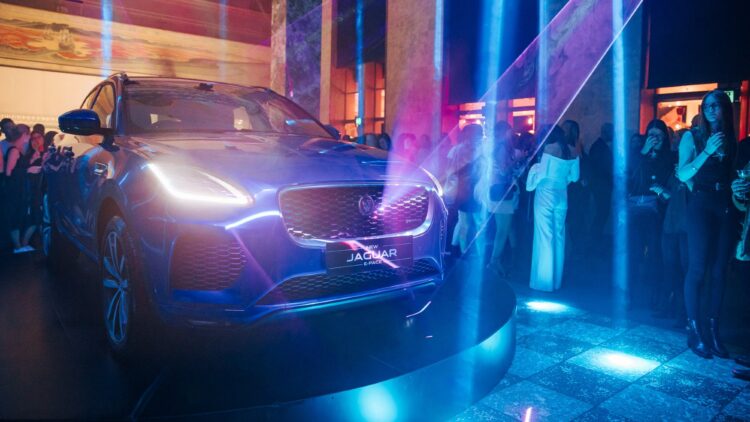In the world of automotive design and engineering, only a handful of vehicles have made an impact in terms of speed, aesthetics, and sustainability. Among this select few is the Jaguar C-X75, a supercar concept that broke the mold. How? With its cutting-edge hybrid powertrain that promised to combine a high-performance internal combustion engine with advanced electric motors.
Revisiting the Jaguar C-X75: A supercar that blended speed and sustainability
Designed by Ian Callum, who served as Jaguar Cars’ director of design for several years until 2019, the C-X75 prototype was first unveiled at the Paris Motor Show in 2010.
It boasted a groundbreaking 778-horsepower series powertrain, which incorporated diesel turbine engines that produced electric power for four Yasa high-performance e-motors. In addition to its traditional petrol engine, it also included two electric motors and four-wheel drive capabilities. This combination allowed it to achieve a top speed of more than 200 miles per hour and accelerate from 0-to-60 miles per hour in just under three seconds.
“The C-X75 program represents the pinnacle of Jaguar’s engineering and design expertise,” Adrian Hallmark, Jaguar Cars’ global brand director, said at the time. “It is arguably the world’s fastest testbed for the world’s most advanced technologies, combining as it does a remarkable hybrid powertrain with awe-inspiring performance.”
The fate of the C-X75 model: From concept to Callum
Unfortunately, though the futuristic coupe was slated for production, the British car manufacturer scrapped the project in 2012 due to economic challenges and shifting marketing demands at the time. The prototype was later re-engineered by Williams Advanced Engineering as a stunt car for the 2015 James Bond film “Spectre,” with several replicas produced (each equipped with a V8-liter engine).
Many of these replicas were sold to private collectors, although they are not road-legal. Most recently, under Callum’s leadership at his eponymous car design company, one of these replicas was given a new lease on life as a coupe that can be driven on the road.
Reimagined as the Callum C-X75, this luxury supercar features a supercharged, 5.0-liter Jaguar V8 engine. The output is routed to the rear axle through a seven-speed, dual-clutch automatic transmission. The vehicle also contains a unique aerodynamics system that provides additional downforce to increase stability at speeds above 37 miles per hour.
Could we see the C-X75 in its original form one day?
As you can see, the Callum C-X75 is a departure from the original concept. The most egregious difference is the absence of the hybrid powertrain. The concept’s innovative combination of electric motors and the internal combustion engine set it apart as a groundbreaking contender in the supercar world. It would have been in line with Jaguar’s other models, such as the XF and the I-PACE, which emphasize sustainability and performance through hybrid and electric technologies, respectively.
Callum’s reiteration, however, focuses solely on traditional power, lacking the eco-friendly innovations that were characteristic of the initial design.
To stay competitive in today’s eco-conscious market, perhaps Callum’s company should consider exploring the integration of such innovations with elegant designs akin to Jaguar’s. By embracing hybrid or fully electric powertrains, using smart materials, and adopting eco-friendly manufacturing processes, they can develop high-performance vehicles that reduce carbon emissions while still maintaining a bespoke appeal.
As a concept, the C-X75 stands as a symbol of innovation in the automotive world. Although we might never see Jaguar Cars producing the original, and while Callum’s reinvented design is devoid of eco-friendly technology, the concept’s vision remains quite influential. Perhaps in the near future, other car companies could revive this revolutionary design and successfully blend engineering excellence with energy efficiency.

